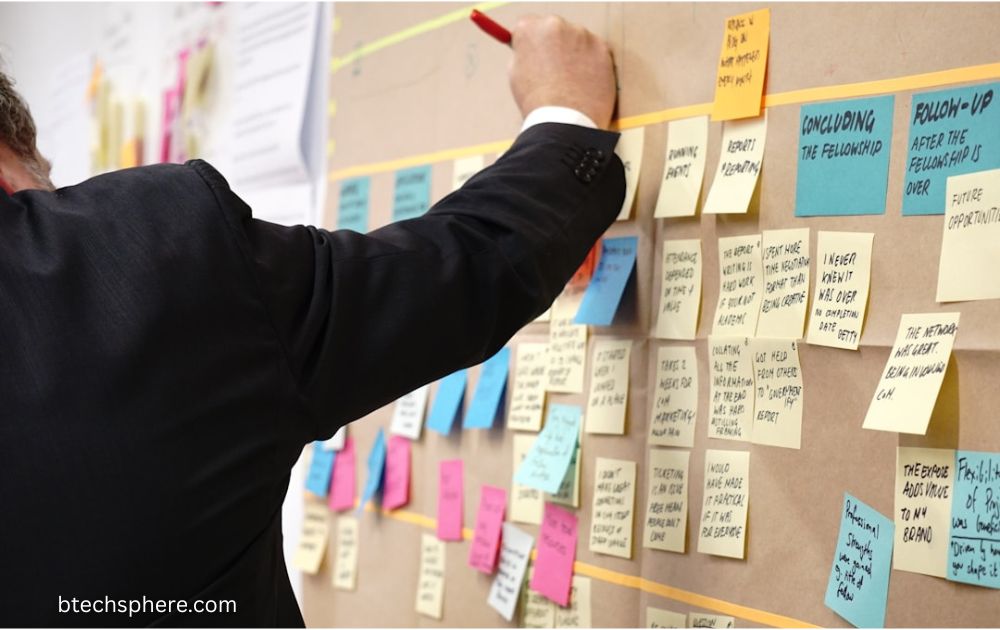In the evolving world of work, businesses are continuously seeking ways to care for their teams while staying organized and efficient. At the heart of this transformation is the quiet strength of all in one HR software a digital companion that supports everything from hiring and payroll to employee well-being and performance. As we look forward to 2025, more organizations are turning to these integrated platforms not just to streamline operations, but to build workplaces that are thoughtful, people-centered, and aligned with modern expectations.
Let’s gently explore some of the best all in one HR software solutions to consider for the coming year, and understand how they’re helping teams feel more connected, supported, and empowered.
1. BambooHR – A Friendly Space for Growing Teams
BambooHR has earned its place as a go-to choice for small and mid-sized companies looking for a complete yet simple HR solution. What makes it so special is its calming interface and people-first design.
From onboarding and time-off tracking to performance reviews and employee self-service, BambooHR covers all the essentials in a single, welcoming environment. It also makes it easier for HR professionals to gather feedback and support employee growth without overwhelming dashboards or complex tools. Why it feels right: Easy to use, excellent support and a warm experience that makes HR feel more human.
2. Gusto – Simplifying Payroll with a Personal Touch
Gusto is known for its deep focus on payroll, but over the years, it has gently evolved into well-rounded all in one HR software. Whether you’re managing benefits, tracking attendance, or handling new hires, Gusto’s soft, intuitive design helps everything feel approachable.
It’s especially helpful for small businesses that want to offer thoughtful perks and stay compliant without the heavy lift of traditional HR systems. What stands out: Seamless payroll, simple benefits management, and easy to navigate features that support employee care.
3. Zenefits – All-in-One, With Balance and Clarity
Zenefits continues to be a reliable choice for businesses that want everything HR-related in one central place. With its gentle blend of automation and clarity, Zenefits offers features like onboarding, benefits administration, time tracking, compliance tools, and even wellness add-ons.
Its goal is to reduce paperwork and distractions so that HR professionals can focus more on what really matters people. Why teams like it: A clean, balanced interface with deep HR features that don’t feel complicated.
4. Rippling – A Smooth Blend of People and IT
Rippling takes a slightly different yet thoughtful approach. It not only manages core HR tasks like payroll and benefits but also gently ties in IT needs, such as assigning laptops or creating employee accounts. This makes it an ideal fit for tech-savvy teams or growing startups.
As all-in-one HR software, Rippling offers flexibility, global payroll, and automation tools that quietly support HR professionals behind the scenes. Best for: Businesses that want a smart, scalable solution with seamless integration between HR and IT.
5. HiBob (Bob) – A Fresh, People-First Experience
HiBob also lovingly known as Bob is a newer but fast-growing platform that puts people and culture at the forefront. It helps teams build positive work environments through features like engagement surveys, performance tracking, and customizable workflows.
Bob stands out for its warm, social feel, offering tools that help managers stay close to their teams, even in hybrid or remote settings. Why it’s memorable: A modern, emotionally intelligent platform that’s perfect for companies prioritizing employee engagement and well-being.
- Recruiting and onboarding
- Employee records and documents
- Time-off requests and scheduling
- Payroll and benefits
- Performance and feedback
This kind of integration helps reduce friction, avoid missed details, and create a more connected employee journey from the first interview to long-term growth.
How to Choose the Right All in One HR Software
Finding the right fit doesn’t have to feel overwhelming. Here are a few soft, thoughtful questions to guide the process:
- Does the software support your team’s size and growth plans?
- Is the interface user-friendly and welcoming?
- Can it automate time-consuming tasks without feeling too robotic?
- Does it offer support when you need a helping hand?
- Will it help you care for your people—beyond just numbers and reports?
Taking the time to reflect on what your team truly needs can lead you to a system that supports both operations and well-being.
Conclusion
In 2025, businesses are no longer just looking for tools they’re searching for experiences that feel cohesive and meaningful. That’s why the shift to all in one HR software is more than just a trend. It’s a quiet revolution toward harmony, clarity, and care in the workplace. Instead of managing different systems for every task, HR teams can now rely on a unified platform that gently connects:
FAQs ABOUT all in one hr software
What is all in one HR software?
All-in-one HR software is a comprehensive platform that combines multiple HR functions such as hiring, payroll, time tracking, benefits management, and performance monitoring into one system. It simplifies HR operations and helps businesses manage their workforce more effectively.
Is all in one HR software suitable for small businesses?
Yes, absolutely. Many all-in-one HR platforms are designed to be flexible and scalable, making them ideal for small businesses that want to manage HR tasks without needing multiple tools or a large HR team.
Can all in one HR software help with employee engagement?
Yes. Most modern HR platforms include tools like feedback surveys, performance check-ins, and engagement analytics to help organizations understand how employees are feeling and where support is needed.
Is it easy to switch to an all in one HR system?
Many providers offer smooth onboarding and migration support to help companies transition from spreadsheets or older software. The key is to choose a provider that offers clear guidance, responsive support, and training resources.
What should I look for when choosing HR software?
Look for a platform that matches your company’s size, culture, and future goals. Features, ease of use, data security, customer support, and integration with your existing tools should all be part of your decision-making process.











